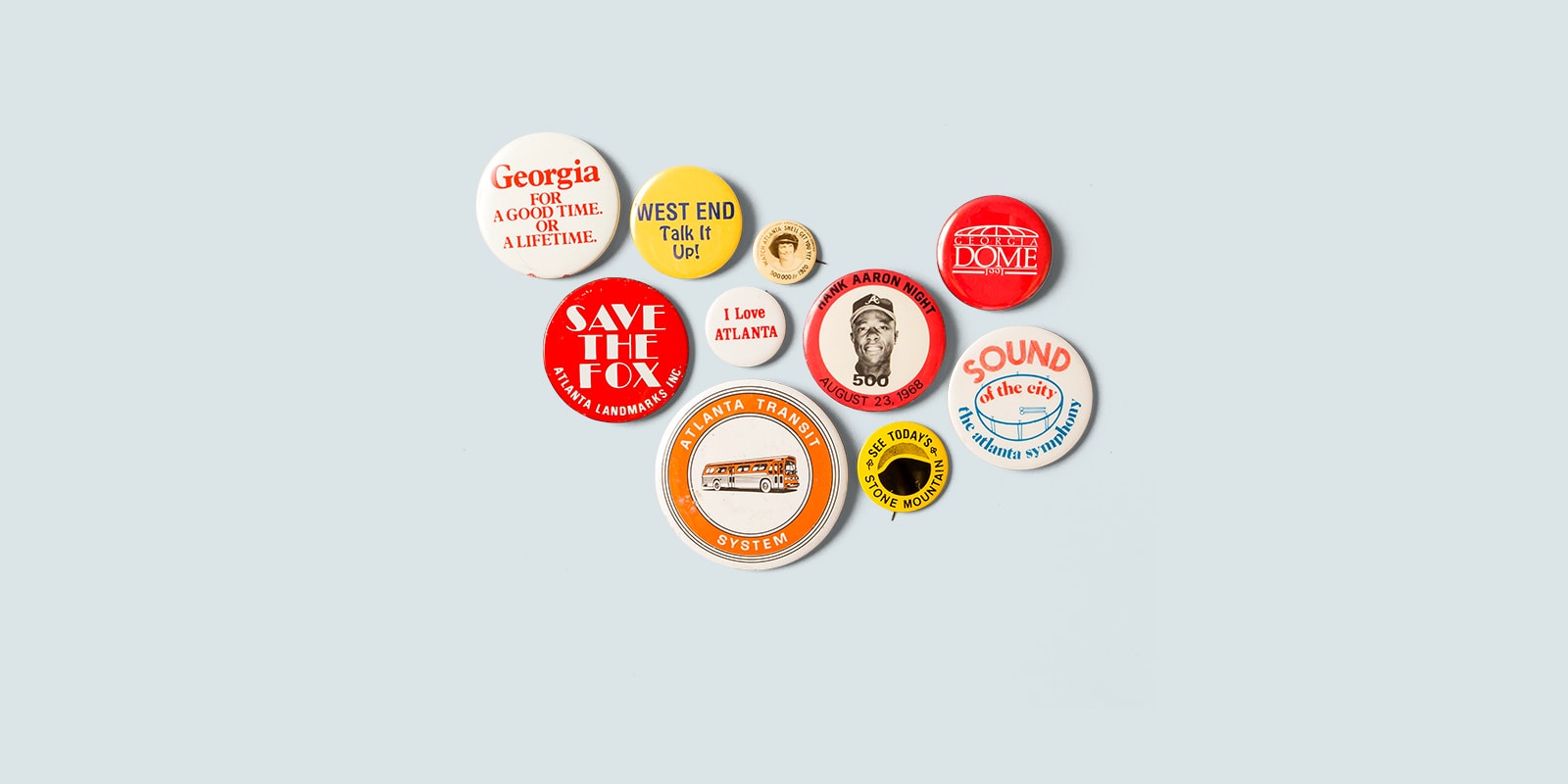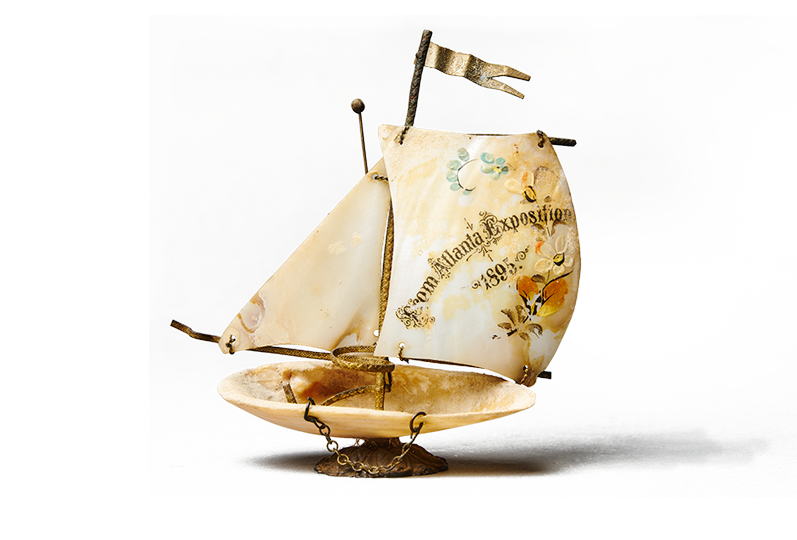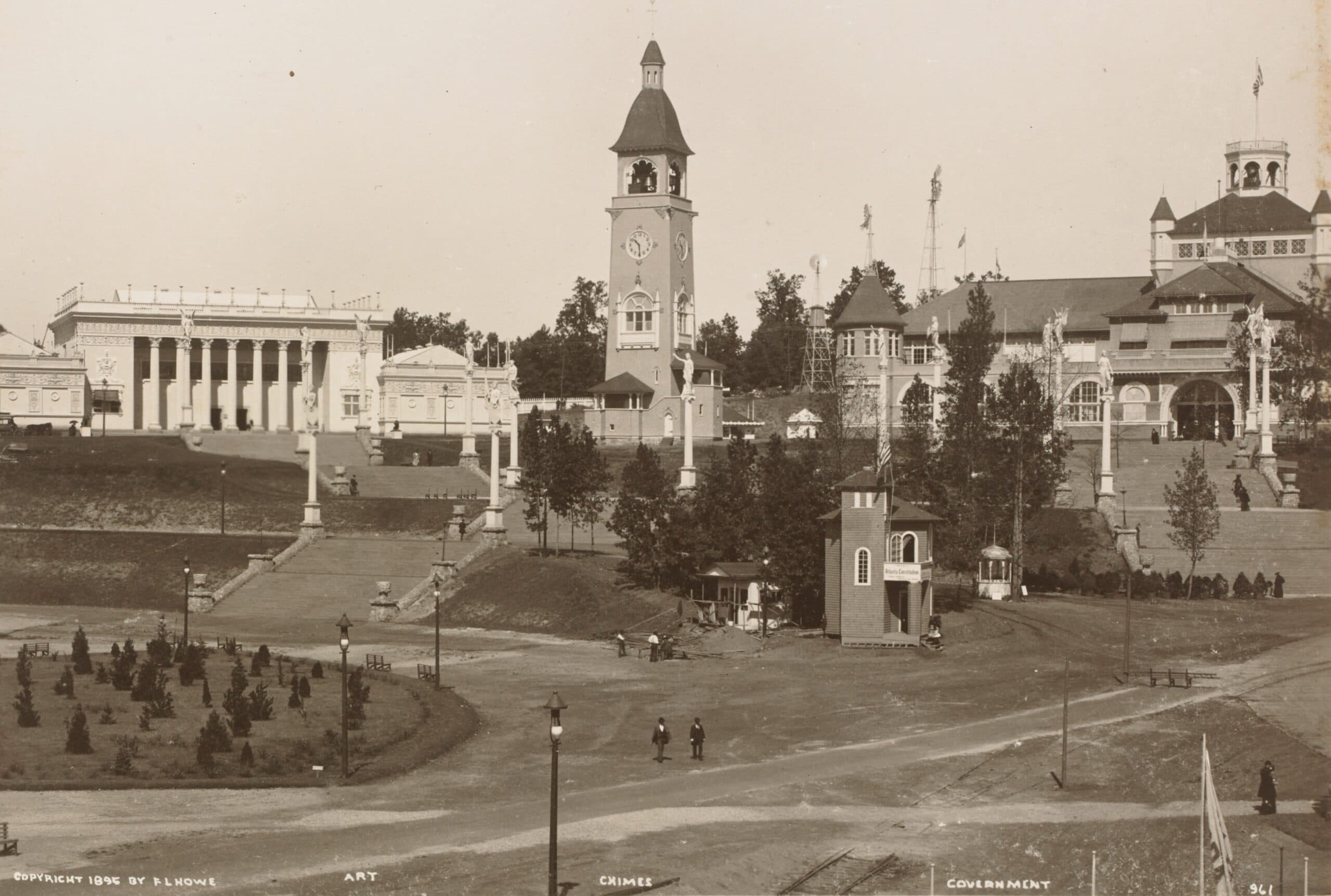Atlanta in 50 Objects
A pink pig and a renegade cow. A movie prop and a Coke bottle. A Pulitzer Prize–winning book and a Nobel Prize–winning icon.
How do you tell the story of Atlanta in 50 objects? We decided the best experts were Atlantans themselves—residents who cheer the Braves and rue I–285 rush-hour traffic, who understand how Civil War losses and Civil Rights victories together helped forge the city’s unique identity. Atlanta History Center asked the public to submit what objects they think best represent their town. The parameters were broad: an object could also be a person, a place, an institution, or an idea. After receiving hundreds of submissions, History Center staff assembled a collection of fifty pieces that represent the themes identified by the public. In addition to items from our own collections, we have partnered with many local institutions and individuals to gather artifacts from around the city to tell this community–driven story.


The 1895 Cotton States and International Exposition
The eyes of the nation and the world were on Atlanta in 1895 as the growing city displayed its economic resurgence following the devastation of the Civil War.
In the best known of a series of agricultural and business trade fairs founded in concepts of the New South, the Cotton States and International Exposition sought to publicize the Southern economy and attract further investment.
At the opening of the exposition in September 1895, educator and orator Booker T. Washington made his historic declaration, later known as the Atlanta Compromise. Delivered to 3,000 predominantly white attendees in the exposition auditorium, he counseled African Americans to seek economic security before political or social equality—and avoid confrontation over segregation—with whites. During the course of the fifteen weeks of the exposition, nearly 1,000,000 attendees visited the grounds and buildings of the park. All of the exposition buildings, located in today’s Piedmont Park, were built as temporary structures and removed after the fair. Yet, the 1895 exposition had served an important and lasting purpose—at the close, Atlanta had established itself as the capital of the New South.

The arts and government exposition buildings flank the carillon, 1895. The granite steps and the lake, Clara Meer, are the only surviving features on the site of today’s Piedmont Park and Atlanta Botanical Gardens. Kenan Research Center at Atlanta History Center, E.L. Howe, photographer